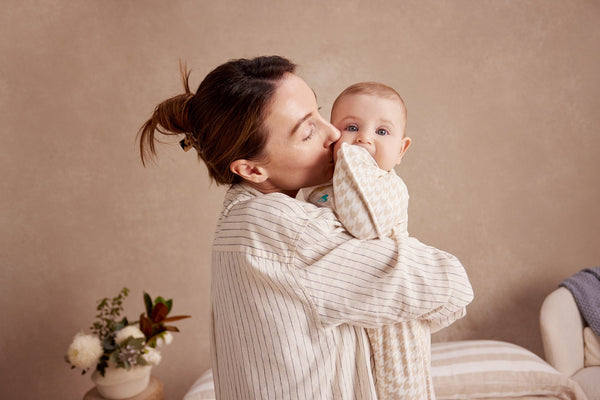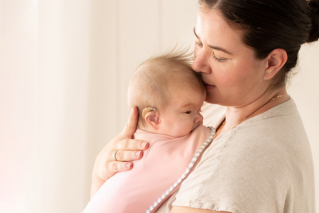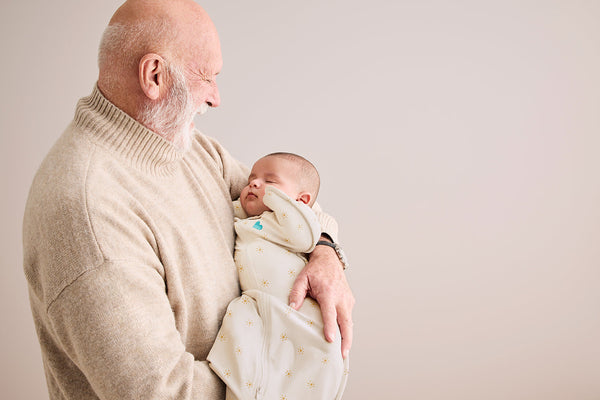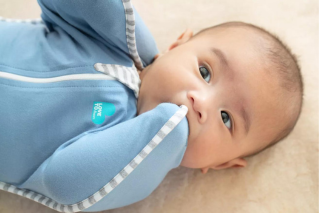What are wake windows?
Baby wake windows simply refers to the period of time your baby is awake, from the time they wake up from a nap, to the time they go back to sleep again. Sometimes referred to as awake windows, these periods of time differ from baby to baby and are heavily influenced by the child’s age. Awake windows are periods where your baby is often alert and interacting with the surrounding environment.
The importance of wake windows
The reasons that baby wake windows are so important are:
- Baby needs to have enough time awake in between naps in order to feel sufficiently tired when it comes time to sleep time again
- Being aware of newborn awake windows can allow you to get your baby to bed before they become overtired and hard to settle
-
Being aware of wake windows can help you plan ahead for the day
How long should a wake window be?
Wake windows range with each baby and are determined by your baby’s age and stage of development. Some examples of wake windows according to baby’s age are below:
How long are 1 - 2 month old wake windows?
From 1 - 2 months of age, your baby will likely be able to comfortably stay awake for a longer period. A typical wake window for this age bracket is between 45 and 60 minutes.
How long are 3 – 6 month old wake windows?
At 3 – 6 months of age, your baby’s wake window may be anywhere between 1 - 2.5 hours.
How long are 7 - 9 month old wake windows?
During the ages of 7-9 months old, an average baby awake window is between 2.5 and 3 hours.
How long are 9 -12 month old wake windows?
As your baby approaches the 1-year mark, awake windows could typically be between 2.5 -4 hours.
How long are wake windows for 1 year and above?
After the age of 1 year, your baby may be having awake time for longer periods, usually between 3.5 - 5 hours.
How to stretch wake windows
If, when you put your baby down for their regular nap, they take an extended period of time to fall asleep, are fussy or begin to catnap when they were previously sleeping well, it may be time to gradually stretch their wake window.
You can stretch a baby’s wake window incrementally by slowly keeping them awake 10-15 minutes longer at a time. Some ways you can help keep them alert and interacting with you and the environment while you transition to a longer wake window are:
- Feeding
- Distracting them with a story or a song
- Sensory play
- Reinforcing and creating a clear difference between daytime and night time, by spending some time outside








